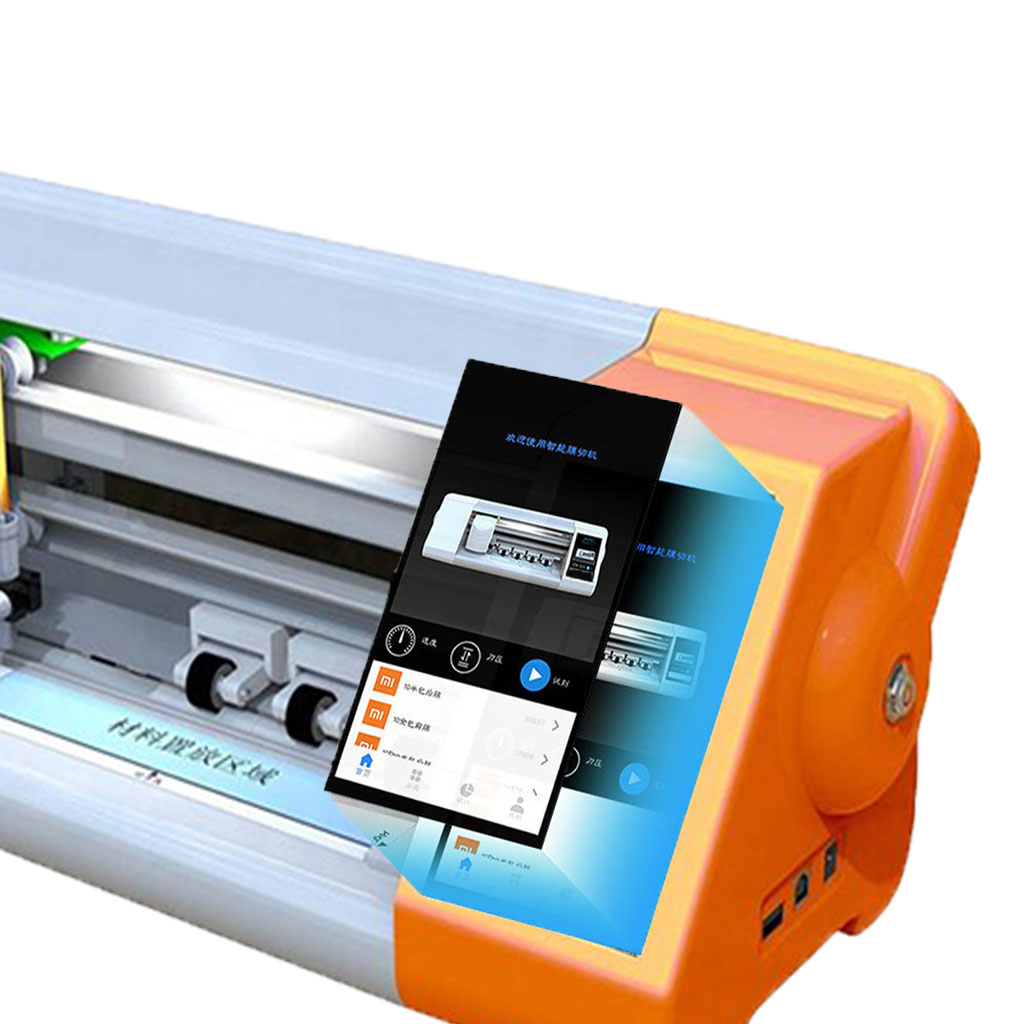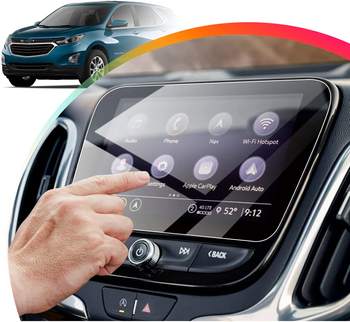
Tempered Glass or Hydrogel Screen Protector
Índice
Resumen
Both options offer unique benefits and drawbacks, and the best choice will depend on how you use your device and what you value most in a screen protector.
- Cristal templado: Offers excellent scratch resistance and a smooth, glass-like feel. Ideal for users who prioritize durability and clarity.
- Hidrogel: Provides superior impact absorption and self-healing properties. Perfect for those who want a flexible, long-lasting protector.
By considering the factors outlined in this article, you can make an informed decision that will keep your device safe and looking great for years to come.
What is a Tempered Glass Screen Protector?
Tempered glass screen protectors are made from glass that has been treated to increase its strength. This process involves heating the glass and then cooling it rapidly, which makes it much more durable than regular glass. Cristal templado protectors are known for their ability to withstand scratches and impacts, providing a robust layer of protection for your device.These protectors are often rated with a hardness level, typically 9H, which indicates their resistance to scratches from materials like keys or coins. The 9H rating is a key selling point for many users who prioritize durability.Tempered glass protectors also offer a smooth, glass-like feel, which many users prefer because it closely mimics the original screen’s texture. This can enhance the overall user experience, making it feel as though there is no protector at all.Understanding Hydrogel Screen Protectors
Hydrogel screen protectors are a newer technology in the world of screen protection. Made from a soft, flexible material, hydrogel protectors are designed to absorb impacts rather than resist them. This makes them particularly effective at protecting against drops and falls.One of the standout features of hydrogel protectors is their self-healing properties. Minor scratches and scuffs can disappear over time, keeping the protector looking new. This is a significant advantage over tempered glass, which can shatter or crack under stress.Hydrogel protectors are also incredibly thin, which means they add minimal bulk to your device. This can be a crucial factor for users who want to maintain the sleek design of their smartphones or tablets.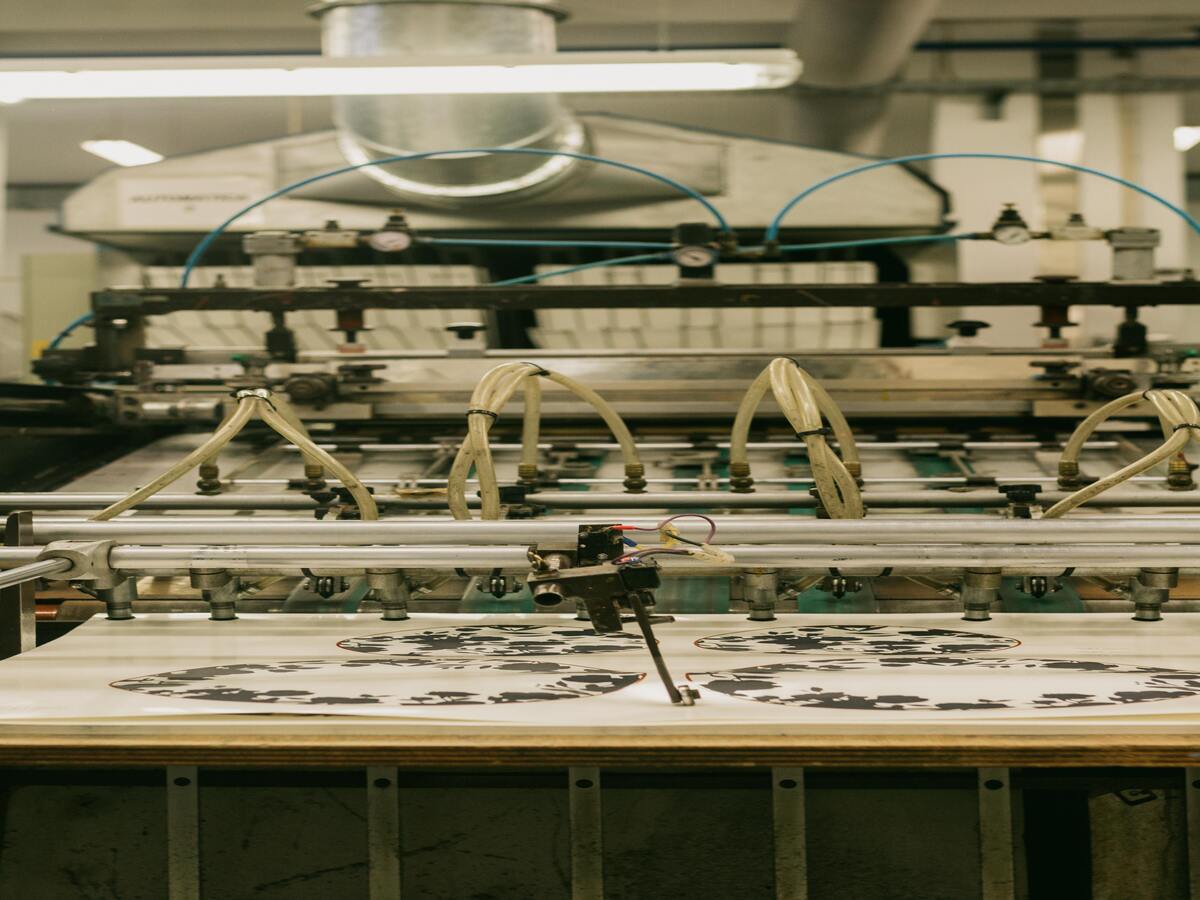
Tempered Glass vs. Hydrogel: Key Differences
Al comparar cristal templado y hydrogel screen protectors, several key differences emerge. Tempered glass is known for its hardness and ability to resist scratches, while hydrogel is praised for its flexibility and self-healing properties.Tempered glass protectors are typically thicker, which can provide a more substantial feel and potentially better protection against sharp objects. However, this thickness can also make them more prone to shattering upon impact.In contrast, hydrogel protectors are thinner and more flexible, which allows them to absorb impacts more effectively. This flexibility also makes them less likely to crack or shatter, even under significant stress.
Which Offers Better Protection?
The question of which protector offers better protection depends largely on your needs. If you’re looking for a protector that can withstand scratches from everyday objects, cristal templado might be the better choice. Its hardness and durability make it ideal for users who frequently carry their devices in pockets or bags with other items.On the other hand, if you’re more concerned about drops and impacts, a hydrogel protector could be more suitable. Its ability to absorb shocks and self-heal minor scratches makes it a versatile option for those who are prone to dropping their devices.Ultimately, the best choice will depend on your lifestyle and how you use your device.Durability: How Long Do They Last?
When it comes to durability, both tempered glass and hydrogel protectors have their strengths. Cristal templado protectors are known for their long-lasting nature, often outlasting the device itself. However, they can be prone to cracking or shattering if dropped.Protectores de hidrogel, while not as hard, offer excellent longevity due to their self-healing properties. Minor scratches and scuffs can disappear over time, keeping the protector looking fresh and new. This can extend the life of the protector, making it a cost-effective option in the long run.Installation: Which is Easier to Apply?
Installing a screen protector can be a daunting task, but both tempered glass and hydrogel protectors have their own installation processes. Cristal templado protectors are generally easier to apply due to their rigid structure. They often come with alignment tools and adhesive layers that make installation straightforward.Protectores de hidrogel, being more flexible, can be a bit trickier to apply. They require careful alignment and smoothing to avoid bubbles and wrinkles. However, many hydrogel protectors come with installation kits that include tools and instructions to simplify the process.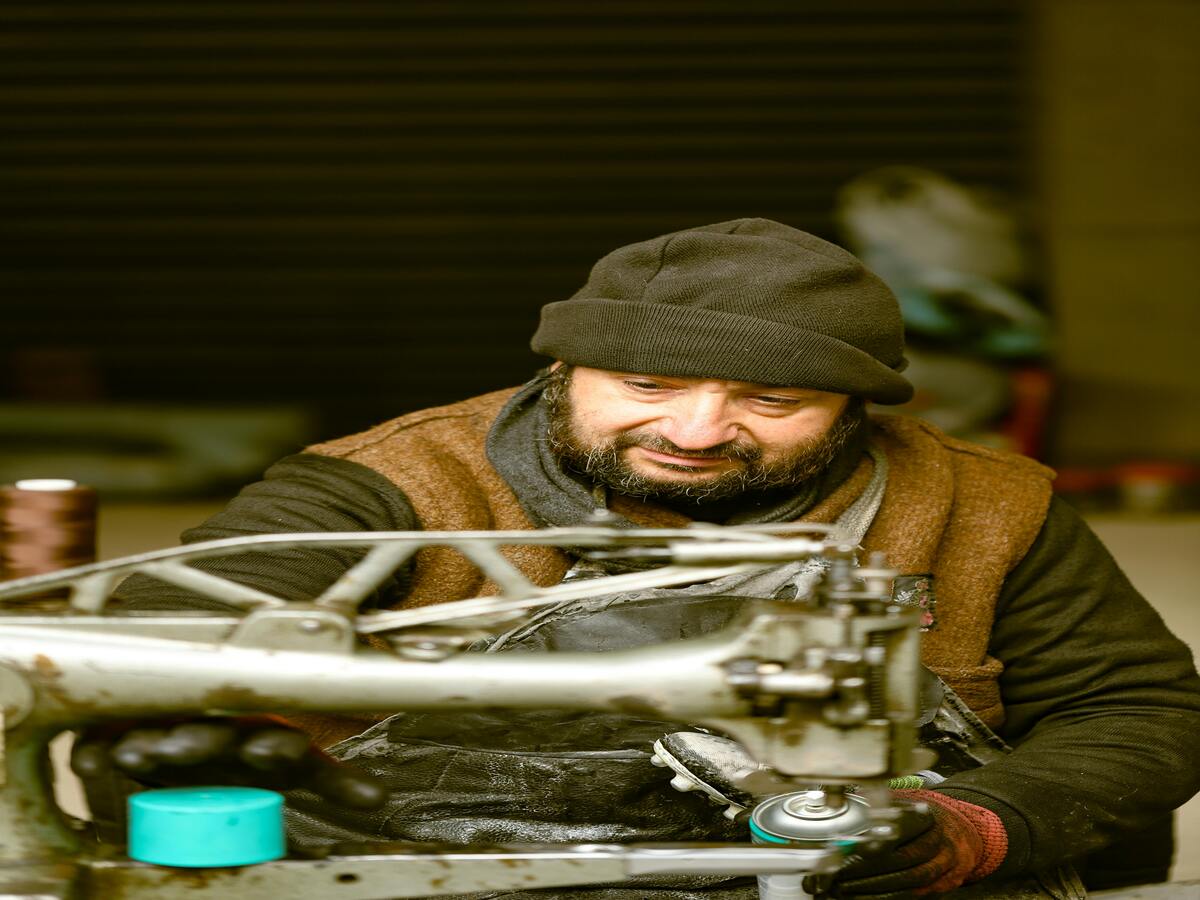
Cost Comparison: Is Hydrogel More Expensive?
When it comes to cost, hydrogel protectors are often more expensive than their tempered glass counterparts. This is due to the advanced materials and technology used in their production. However, the price difference can be justified by the unique benefits that hydrogel protectors offer, such as self-healing and superior impact absorption.Cristal templado protectors, while generally more affordable, may require more frequent replacement if they crack or shatter. This can add up over time, potentially making them more costly in the long run.User Experience: Touch Sensitivity and Clarity
User experience is a critical factor when choosing a screen protector. Cristal templado protectors are known for their excellent touch sensitivity and clarity, providing a smooth, glass-like feel that closely mimics the original screen.Protectores de hidrogel, while slightly less clear, offer a unique advantage in terms of touch sensitivity. Their flexible nature allows for precise touch input, making them ideal for users who rely heavily on touch-based interactions.Both types of protectors offer excellent clarity, but the choice ultimately comes down to personal preference and how you use your device.Environmental Impact: Which is More Eco-Friendly?
In today’s environmentally conscious world, the impact of our choices on the planet is more important than ever. Protectores de hidrogel are often considered more eco-friendly due to their longer lifespan and self-healing properties, which reduce the need for frequent replacements.Cristal templado protectors, while durable, can contribute to waste if they crack or shatter and need to be replaced. However, many manufacturers are now offering recycling programs to help mitigate this impact.Comentarios
Etiquetas
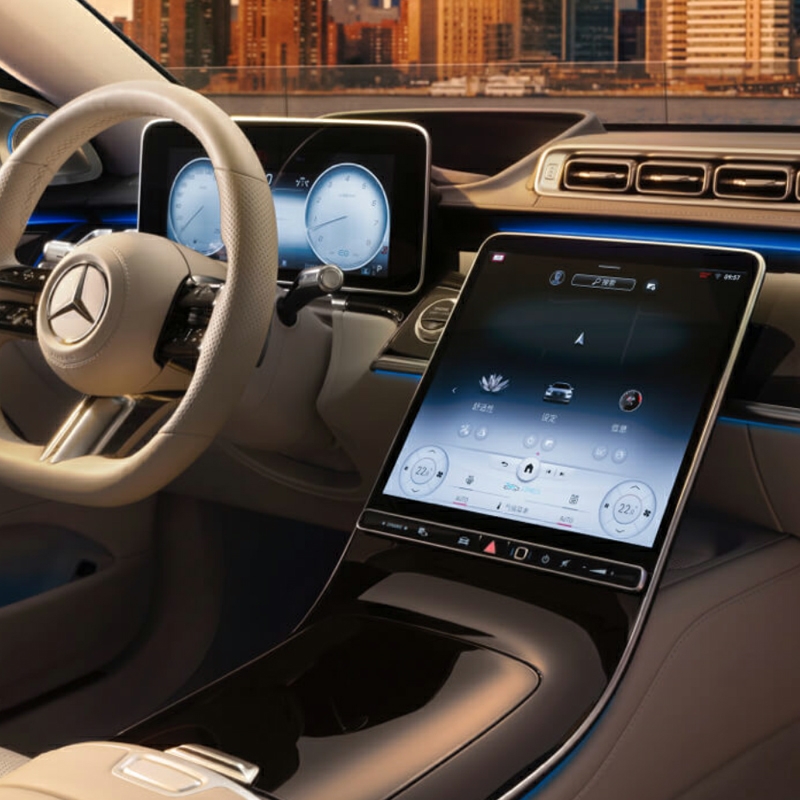
BMW 23-24 X1 GPS Navigation Tempered Glass
Protect your 2023-2024 BMW X1’s GPS navigation screen with our premium tempered glass protector. 9H hardness, anti-glare, and perfect fit. Bulk orders available for dealerships & 4S shops.

Conseguir un ajuste perfecto: Consejos para utilizar el cortador de protectores de pantalla
"Conseguir un ajuste perfecto: Consejos para usar su cortadora de protectores de pantalla" es una guía completa diseñada para ayudar a los usuarios a comprender los matices y las mejores prácticas que implica el uso de cortadoras de protectores de pantalla.
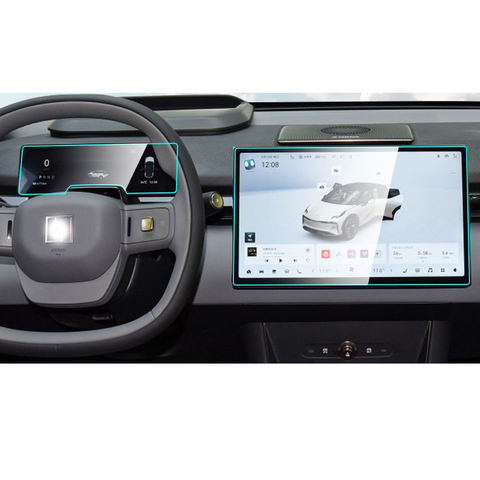
Haval Jolion Touch Screen Tempered Glass
Get the best Haval Jolion Tempered Glass screen protector. Ultra-clear, scratch-resistant, and designed to maintain the touch sensitivity of your display.
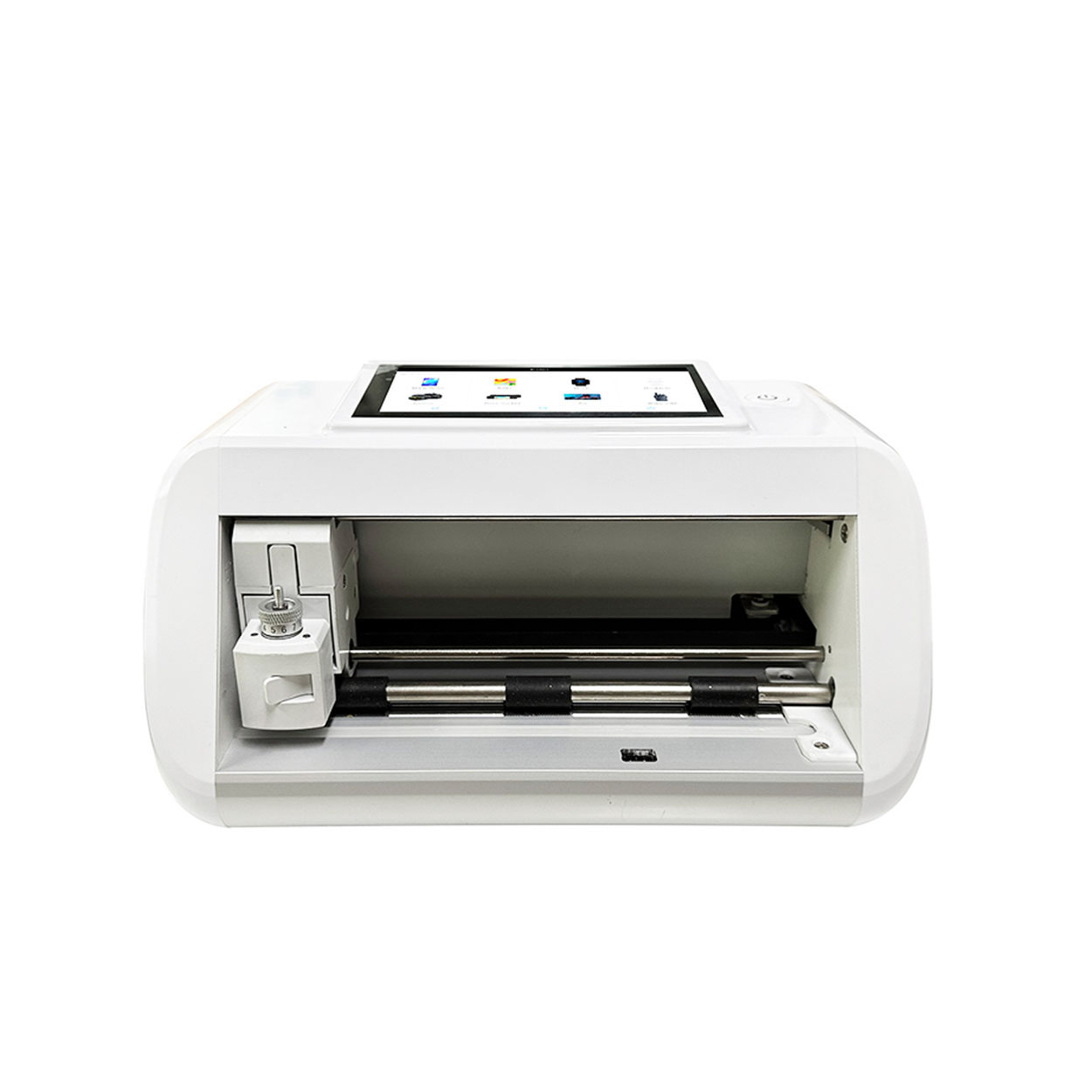
Fabricante de mini cortadoras para protectores de pantalla
Inicio mini protector de pantalla máquina de corte Correo electrónico What'sApp Parámetros del producto CONTROL:APP control / Bluetooth LCD PANTALLA TÁCTIL : 5.5″ HD
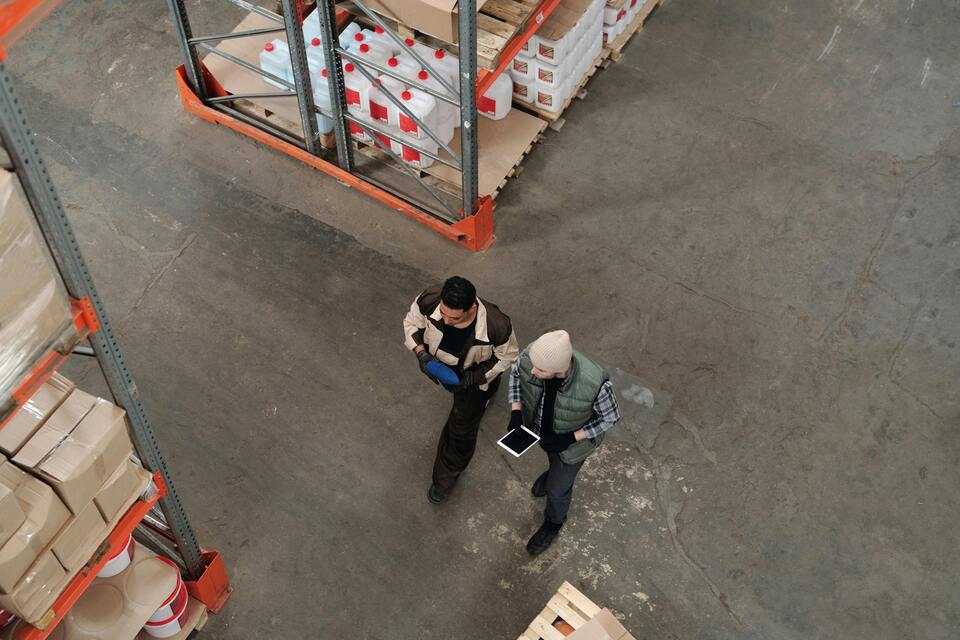
¿Qué es mejor: vidrio templado o protector de pantalla de hidrogel?
La elección entre protectores de pantalla de vidrio templado y de hidrogel depende de sus necesidades personales y su estilo de vida.
Encuentre Todos los conocimientos y tendencias de nuestro blog, obtenga el precio al por mayor y la mejor calidad de nuestra fábrica.

Qué máquina de corte de película y su aplicación
Las cortadoras de película han desempeñado un papel crucial en la evolución del cine y de diversos procesos industriales al permitir el corte y empalme precisos de materiales de película.

¿Qué es una máquina cortadora de protectores de pantalla?
Una cortadora de protectores de pantalla es un dispositivo especializado diseñado para producir protectores de pantalla a medida para diversos dispositivos electrónicos, como smartphones, tabletas, smartwatches, portátiles y monitores.

Cómo funciona la máquina de corte de protector de pantalla de teléfono móvil?
Una máquina cortadora de protectores de pantalla para teléfonos móviles es un sofisticado dispositivo diseñado
fabricar protectores de pantalla personalizados para diversos dispositivos digitales con alta preci
y eficiencia.

Características del cristal templado para teléfonos móviles y del protector de pantalla de TPU para teléfonos móviles
Los protectores de pantalla de poliuretano termoplástico (TPU) son flexibles, duraderos y
películas plásticas autorreparadoras diseñadas para proteger las pantallas de los dispositivos electrónicos de
arañazos, golpes y otros posibles daños.

Revolucione la protección de sus dispositivos con la cortadora de protectores de pantalla
Tanto si tienes un smartphone, una tableta o un smartwatch, esta versátil máquina se adapta a una amplia gama de dispositivos. Se adapta perfectamente a las dimensiones de tu gadget, ofreciendo un ajuste personalizado que los protectores genéricos no pueden igualar.

Protector de pantalla Garantía de por vida
La garantía de por vida de un protector de pantalla es una garantía proporcionada por los fabricantes que
se compromete a reparar o sustituir un protector de pantalla durante toda la vida útil del producto, en condiciones específicas.


